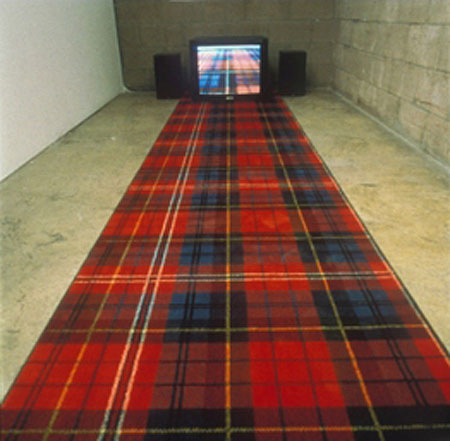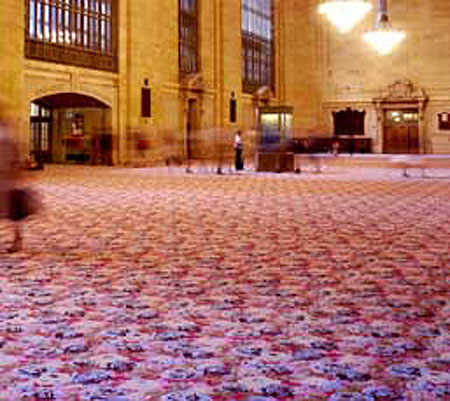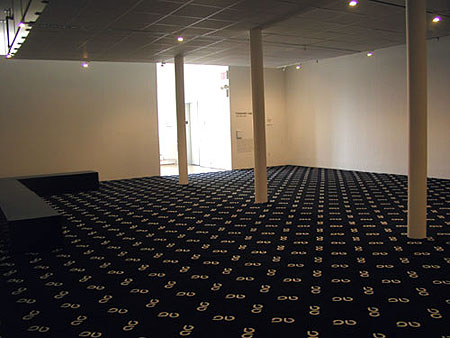...mp3blogging, meaning these will have a short shelf life:
Carl Orff, Wiegenlied bei Mondschein zu singen (Lullaby to be Sung by Moonlight) [mp3 removed]
(Orff-Shulwerk Vol 2 - Musik fur Kinder)
Orff's daughter Godela is reading the poem by Matthias Claudius (in German). From the liner notes: the piece "...develops its specific force not only from a rocking 6/8 rhythm but also from the rhythmic ostinato of a bass-xylophone and the lute-like chordal accompaniment of two marimbaphones which alternate between G-major and d-minor with unshakeable consistency." I EQ'd it and raised the volume from the CD, as it was barely audible. The text of the poem is here. Anyone with a better translation than Google's, please drop me a line, I am curious about this work.
Moondog, Bird's Lament [mp3 removed]
On this latest DJ Kicks release, Henrik Schwarz takes it back to the music's spiritual beginnings with 23 deep and esoteric selections. This is not a party mix. In addition to more recognizable names, the album incorporates Moondog's jazz shuffler "Bird's Lament" (which served as sample fodder for UK producer Mr. Scruff)...
Moondog in 1969:
"Lament I (Bird's Lament) was written in honor of Charlie Parker, on hearing of his death. It is a chaconne, a four-bar accompaniment that is repeated over and over with a free melodic line over it, played by an alto sax, Bird's instrument, with an obligato played on a baritone sax. Bird used to stop by my door-way back in 1951-2 and talk about music. One night I met him in Times Square and shook a shaking hand, not realizing that would be the last time we would meet."
This music is drop dead gorgeous but I'm not sure I agree that it's a chaconne. Also the term obbligato has contradictory meanings. It's interesting that the part sampled by Hendrik Schwarz on the fade is the bari sax, not the "main" melody.
The Orff and Moondog are notable for the use of repetition, which is a strong interest of this page, but Daniel Albright's description of Arnold Schoenberg's short opera Erwartung tugs from the opposite end of the musical spectrum:
But for Schoenberg--at least the "atonal" Schoenberg of 1908-13--music is not exempt from time; music is time, time given a voice. Music does not set itself the task of constructing memorable units; music instead sets itself the task of rendering the contours and discontinuities of a shifting subjectivity.
And:
In Erwartung, Schoenberg has not surrendered the authority of musical form to the authority of literary form: he has instead employed a shattered, splintery sort of diction in order to help him investigate form at a level of improvisation almost unprecedented in the history of the arts.
If you are feeling adventurous you can listen to this piece online. I think I like Albright's writing about it more than the music, but I'm open to having my mind changed through...repeated listenings. (Albright says he listened to it 2 or 3 times a day one summer: "I wanted to assimilate its wonders, to understand its discontinuities as occult forms of continuity." That simply rocks.)
[hat tip to shm for the Moondog]




